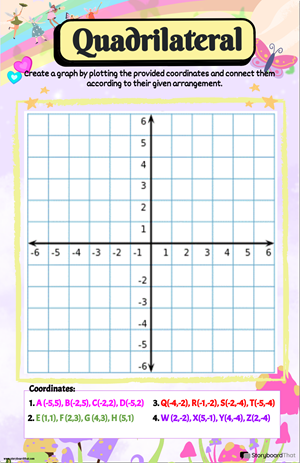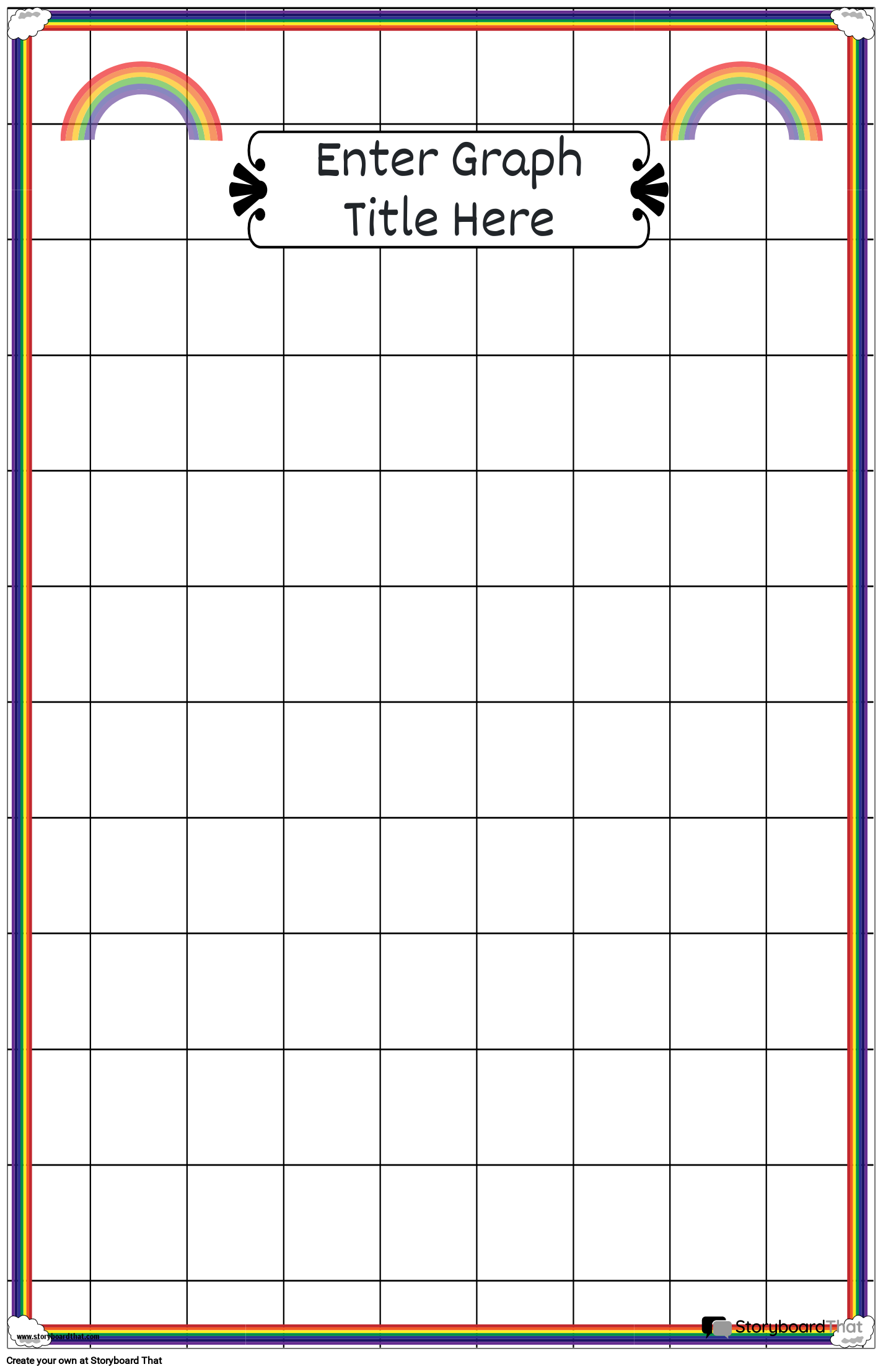Customize Graph Paper Templates
If you're assigning this to your students, copy the worksheet to your account and save. When creating an assignment, just select it as a template!

Unleash Creativity and Learning with Graph Paper Templates
Graph paper, characterized by its grid of evenly spaced horizontal and vertical lines, is a familiar sight in educational and professional settings. It's a tool that plays a pivotal role in mathematics, science, and beyond. But what exactly is it used for? This seemingly simple paper offers a structured canvas for various activities and disciplines. Whether you're a teacher, a student, an artist, or a professional, understanding how to use a graph paper template creatively can open up a world of possibilities. So, what does graph paper look like, and how can it be harnessed to enhance learning and creativity?
What is a Graph Paper Template Used For?
It is more than just a pattern of boxes; it's a valuable tool with many applications:
- Artistic Exploration: Grid paper is a fantastic platform for unleashing artistic creativity, through sketching. Students can experiment with geometric shapes, patterns, and tessellations to create stunning artwork, or simply sketch.
- Data Visualization: It's perfect for teaching students how to create bar graphs, line graphs, and pie charts, enabling them to represent real-world data visually. For instance, in a science fair project, a graph poster board can help students effectively showcase their research findings and make a strong visual impact on judges and visitors.
- Architectural Design: Whether it's building a dream home or designing an entire city, grid paper is the architect's best friend for creating drawn floor plans and blueprints. Architects and engineers use graph paper poster boards in engineering to illustrate plans, designs, and technical drawings to scale, and account for various measurements.
- Geometry Fun: These templates are a fantastic tool for teaching geometry. Students can explore symmetry, angles, and shapes while having fun drawing on standard graph paper.
Steps to Make a Printable Graph Paper Poster Worksheet
- Select Your Type: Choose the type that suits your lesson or project. Consider factors like grid size, dimensions, and variations such as trigonometric graph paper, quadrille paper, writing paper, millimeter paper, or engineering graph paper.
- Define the Purpose and Content: Determine the educational goal or creative objective of your worksheet. Decide what students should learn or accomplish using the graphing paper.
- Design the Worksheet Layout: Make a visually appealing layout that combines clear instructions, content, and grid space. Consider the arrangement of text, diagrams, and adjust paper size. Add relevant attributes, like coordinate planes of various sizes, equations, or use grid lines to make quad paper if you plan to use the page for coordinate planes graphing homework assignments.
- Incorporate Instructions and Guidance: Provide clear and concise instructions for students, and help guide them as they complete the tasks or exercises.
- Add Visuals and Examples: Include relevant visuals, diagrams, or sample problems that help students understand the concepts and demonstrate how to use the graph paper effectively.
- Test and Refine: Before distribution, test the worksheet with a small group of students to ensure clarity and functionality. Make any necessary adjustments based on their feedback.
By following these steps, you can create a well-structured and engaging poster worksheet that effectively supports your teaching objectives. Parents and teachers can also find a wealth of free printable graph paper for kids on educational websites, making it easy to provide young learners with the right tools for improving their math and drawing skills.
Additional Storyboard That Resources and Free Printables
Access our easy-to-use graph paper generator to effortlessly create your own digital graph paper or download printable graph paper as single page pdf files. Whether you're a teacher who needs to find templates for your next lesson or a student seeking the perfect grid size, there's a wealth of resources and printable pdf's available online to cater to your specific requirements that can be edited and printed, and our graph paper maker further simplifies the process for educators and students alike. Storyboard That is the perfect graph paper creator, offering educators the flexibility to explore customized graph paper ideas for a variety of subjects and interactive graphing activities.
How to Make a Graph Paper Posters
Choose One of the Premade Templates
We have lots of templates to choose from. Take a look at our example for inspiration!
Click on "Copy Template"
Once you do this, you will be directed to the storyboard creator.
Give Your Poster a Name!
Be sure to call it something related to the topic so that you can easily find it in the future.
Edit Your Poster
This is where you will include directions, specific images, and make any aesthetic changes that you would like. The options are endless!
Click "Save and Exit"
When you are finished, click this button in the lower right hand corner to exit your storyboard.
Next Steps
From here you can print, download as a PDF, attach it to an assignment and use it digitally, and more!
Happy Creating!
Frequently Asked Questions about Graph Paper Posters
What are some common misconceptions about graph paper in education, and how many squares are typically found on graph paper?
Common misconceptions about graph paper in education include thinking it can only be used for math and science, whereas it's actually versatile for various subjects, including art and geography. While the number of squares can vary, a standard sheet typically consists of rows and columns forming multiple small squares, with the exact count depending on the grid size and dimensions. For instance, how many squares on graph paper depend on the dimensions and the specific type of in use. Graph paper comes in various grid sizes and configurations, making it adaptable to different applications and levels of precision.
Can graph paper be used for subjects other than math and science and what are some suggestions on how to use graph paper for other purposes?
Graph paper's utility extends well beyond the realms of math and science. In art classes, it serves as a canvas for creating intricate geometric designs and pixel art. Geography lessons can incorporate graph paper for map design and the exploration of spatial concepts. Even in biology, it comes in handy for plotting and visualizing data from scientific experiments. Its adaptability makes it an invaluable tool in various educational disciplines.
What are the primary uses of graph paper in education and what does it look like?
Graph paper finds primary use in education for math and science, but it's also valuable for art, geography, and other subjects. It typically looks like paper with a grid of fine lines forming numerous small squares, the exact number of which depends on the specific dimensions and grid size.
What creative ideas can I explore when instructing students what to draw on graph paper?
When instructing students on what to draw, you can guide them to create geometric art, pixel art, architectural sketches, isometric drawings, or graph mathematical functions, design landscapes or maps, explore symmetry and tessellations, visualize data, and engage in artistic expression. Additionally, teachers can use this paper for math puzzles and games to make learning fun and interactive.
© 2025 - Clever Prototypes, LLC - All rights reserved.
StoryboardThat is a trademark of Clever Prototypes, LLC, and Registered in U.S. Patent and Trademark Office








